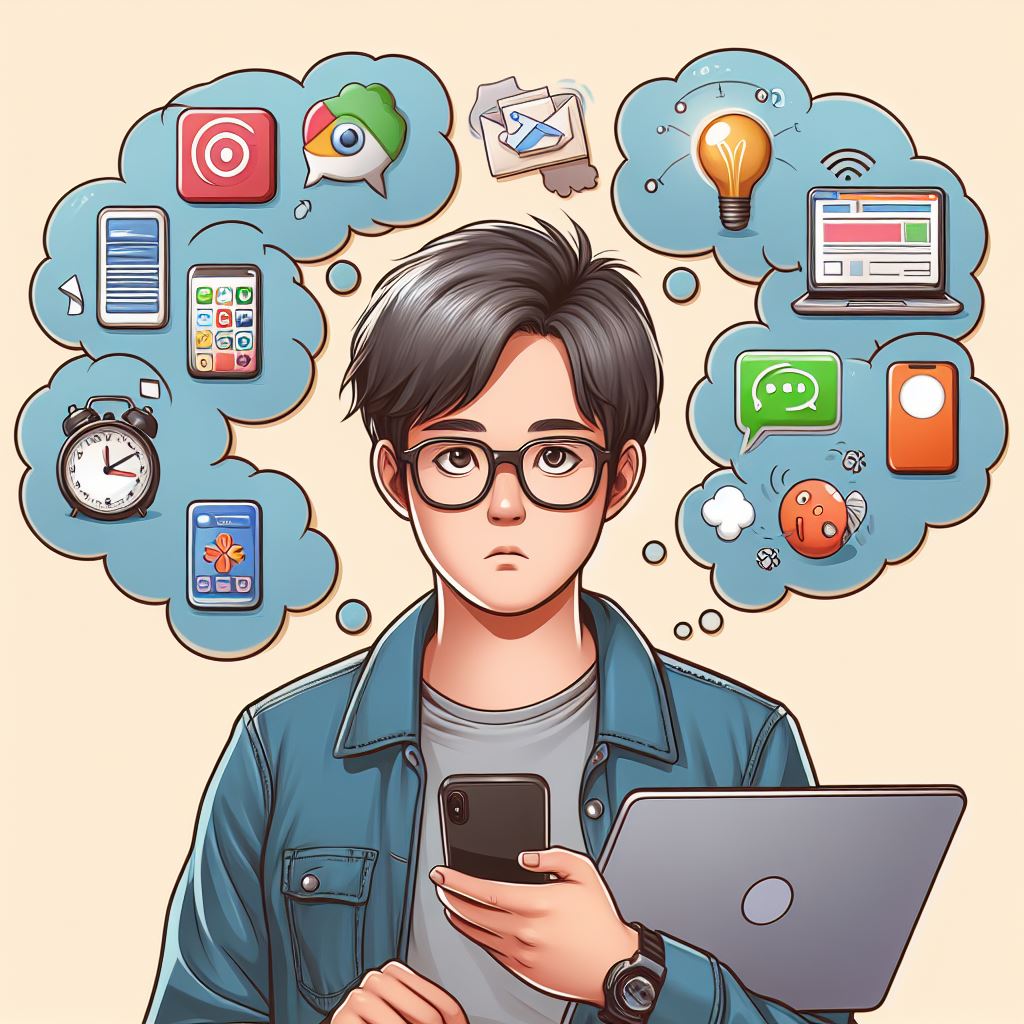The relationship between Attention Deficit Hyperactivity Disorder (ADHD) and technology is multifaceted, and the impact can vary depending on how technology is utilized. Here are some aspects to consider regarding ADHD and technology:
1. Positive Aspects:
a. Assistive Technologies:
- Text-to-Speech and Speech-to-Text Apps: These tools can aid individuals with ADHD in processing information more efficiently.
- Organization Apps: Apps designed for task management, scheduling, and reminders can help individuals stay organized and manage their time effectively.
- Note-Taking Apps: Digital note-taking apps can be beneficial for organizing thoughts and ideas.
b. Educational Technology:
- Interactive Learning Platforms: Technology can provide interactive and engaging learning experiences, catering to various learning styles.
- Educational Apps: There are apps specifically designed to enhance learning and skill development for individuals with ADHD.
c. Mindfulness and Relaxation Apps:
- Meditation and Relaxation Apps: These apps can help individuals with ADHD manage stress and improve focus through mindfulness and relaxation techniques.
d. Wearable Technology:
- Fitness Trackers: Monitoring physical activity and sleep patterns can contribute to overall well-being, potentially influencing ADHD symptoms.
2. Challenges and Considerations:
a. Digital Distractions:
- Multitasking and Distractions: Excessive use of technology, particularly with social media and entertainment, can contribute to increased distractions and difficulties in maintaining focus.
b. Screen Time and Sleep:
- Impact on Sleep: Excessive screen time, especially before bedtime, can interfere with sleep quality, which may exacerbate ADHD symptoms.
c. Impulsivity in Online Environments:
- Online Interactions: Impulsivity, a common trait in ADHD, can manifest in online interactions, potentially leading to misunderstandings or impulsive decisions.
d. Gaming and Addiction:
- Video Game Addiction: Some individuals with ADHD may be more susceptible to excessive gaming or screen time, which can impact daily functioning and well-being.
e. Digital Overwhelm:
- Information Overload: The constant influx of information from various digital sources may contribute to feelings of overwhelm, especially for individuals with ADHD.
3. Managing Technology Use:
a. Set Limits:
- Screen Time Limits: Establishing clear guidelines for screen time, both for leisure and educational purposes, can help manage technology use.
b. Establish Tech-Free Zones:
- Bedroom as a Tech-Free Zone: Keeping technology out of the bedroom can promote better sleep hygiene.
c. Monitor Content:
- Content Monitoring: Be aware of the content accessed online, especially for children and adolescents, to ensure age-appropriate and beneficial interactions.
d. Encourage Breaks:
- Regular Breaks: Encourage breaks during technology use to prevent digital fatigue and support attention span.
e. Teach Responsible Use:
- Digital Literacy: Teach responsible and ethical technology use, including online etiquette and the importance of balance.
4. Individualized Approach:
- Personalized Strategies: Recognize that the impact of technology on ADHD can vary among individuals. Tailor strategies and guidelines based on the specific needs and challenges of each person.
5. Regular Monitoring and Communication:
- Open Dialogue: Maintain open communication about technology use, monitor its impact on daily functioning, and adjust strategies as needed.
While technology can offer significant benefits for individuals with ADHD, it’s essential to approach its use mindfully and with a balanced perspective. A thoughtful integration of technology, along with clear guidelines and communication, can contribute to positive outcomes for individuals with ADHD.

